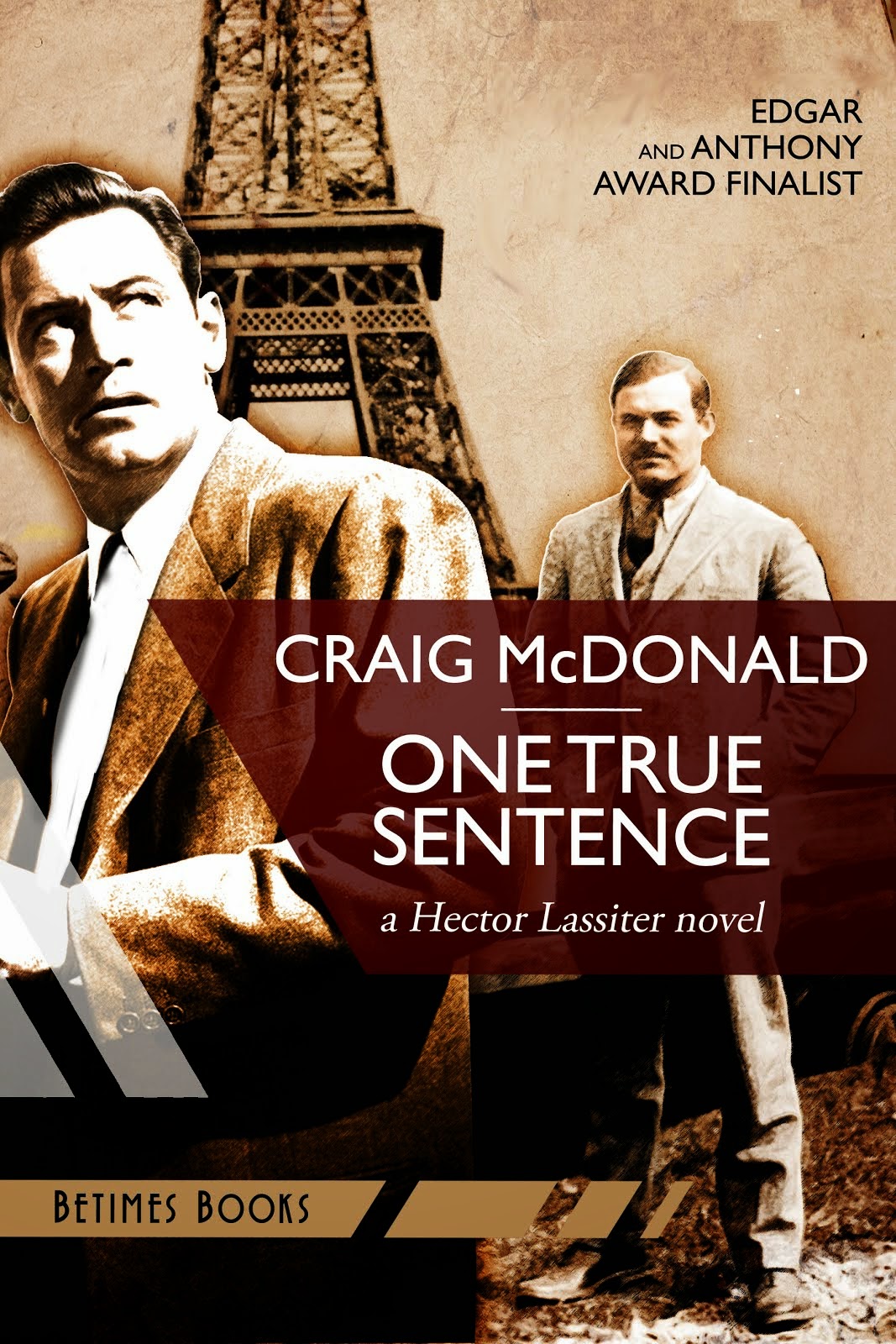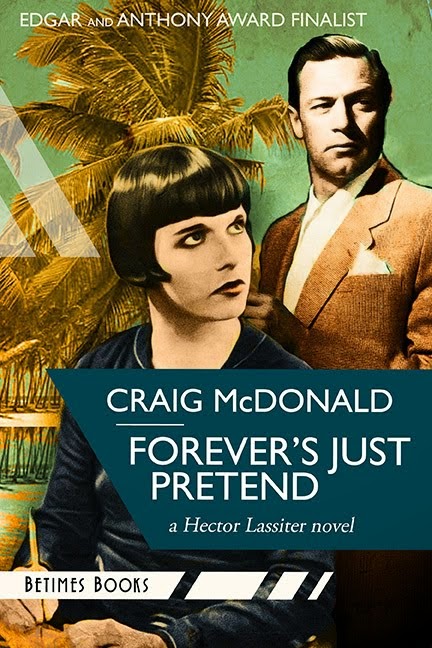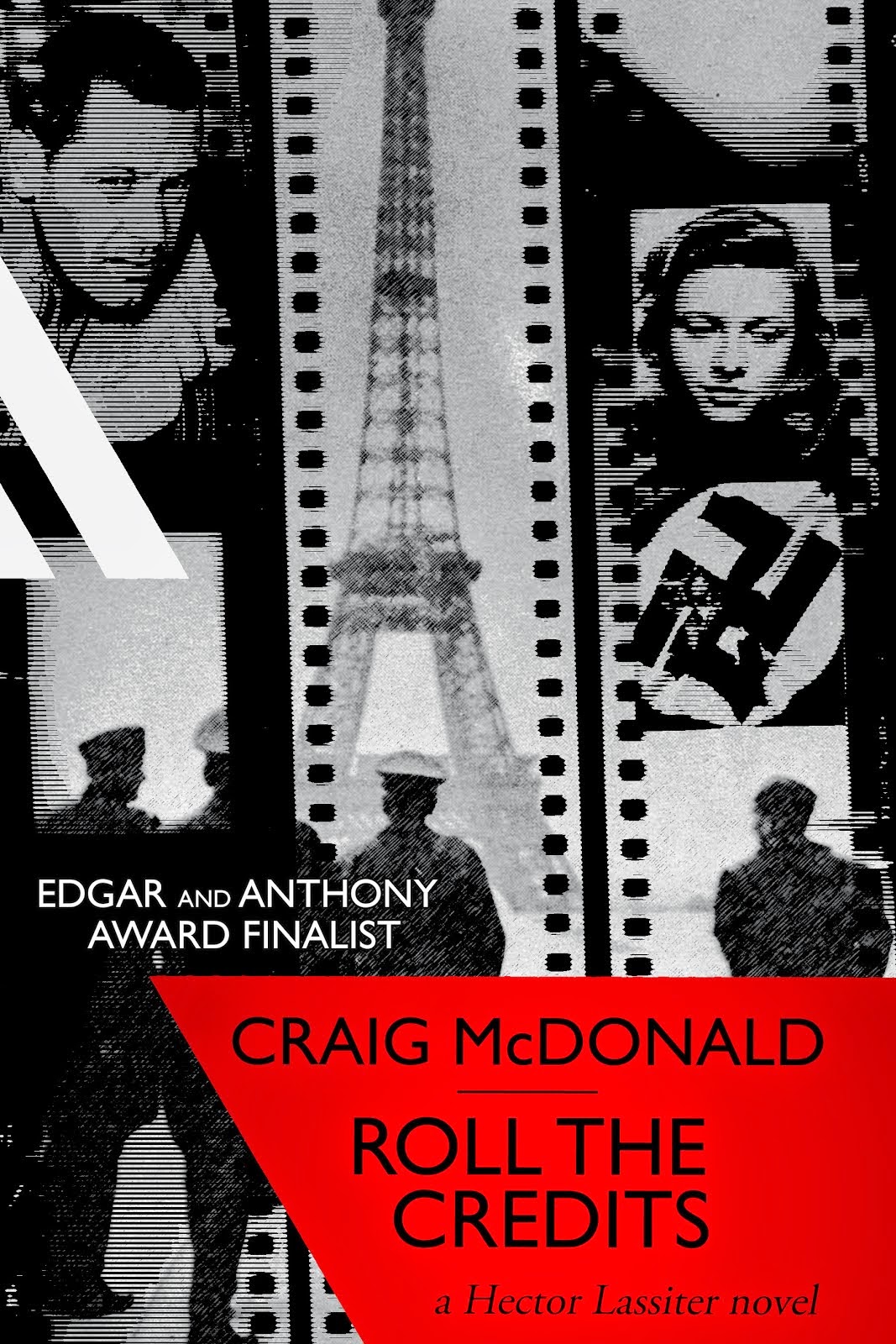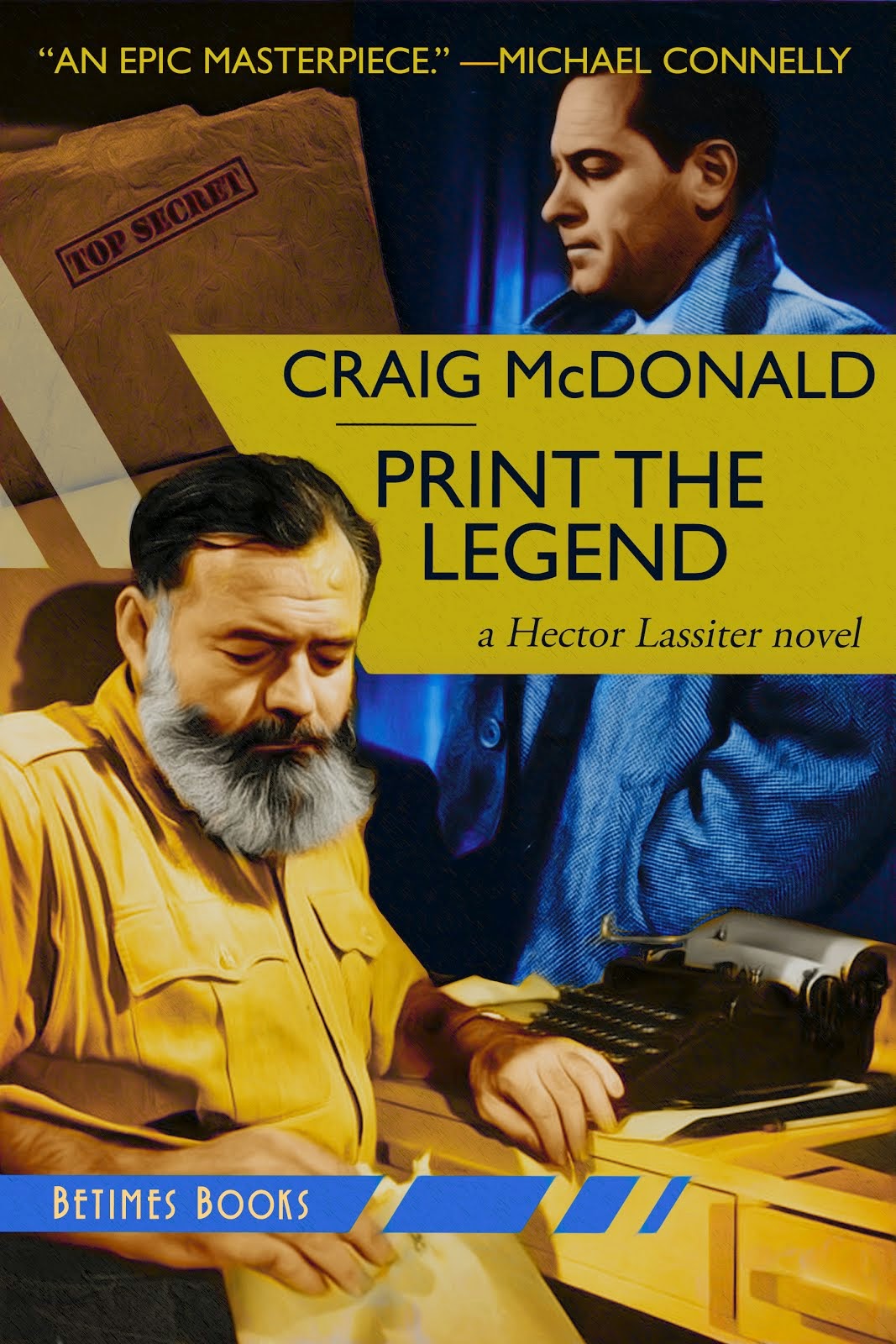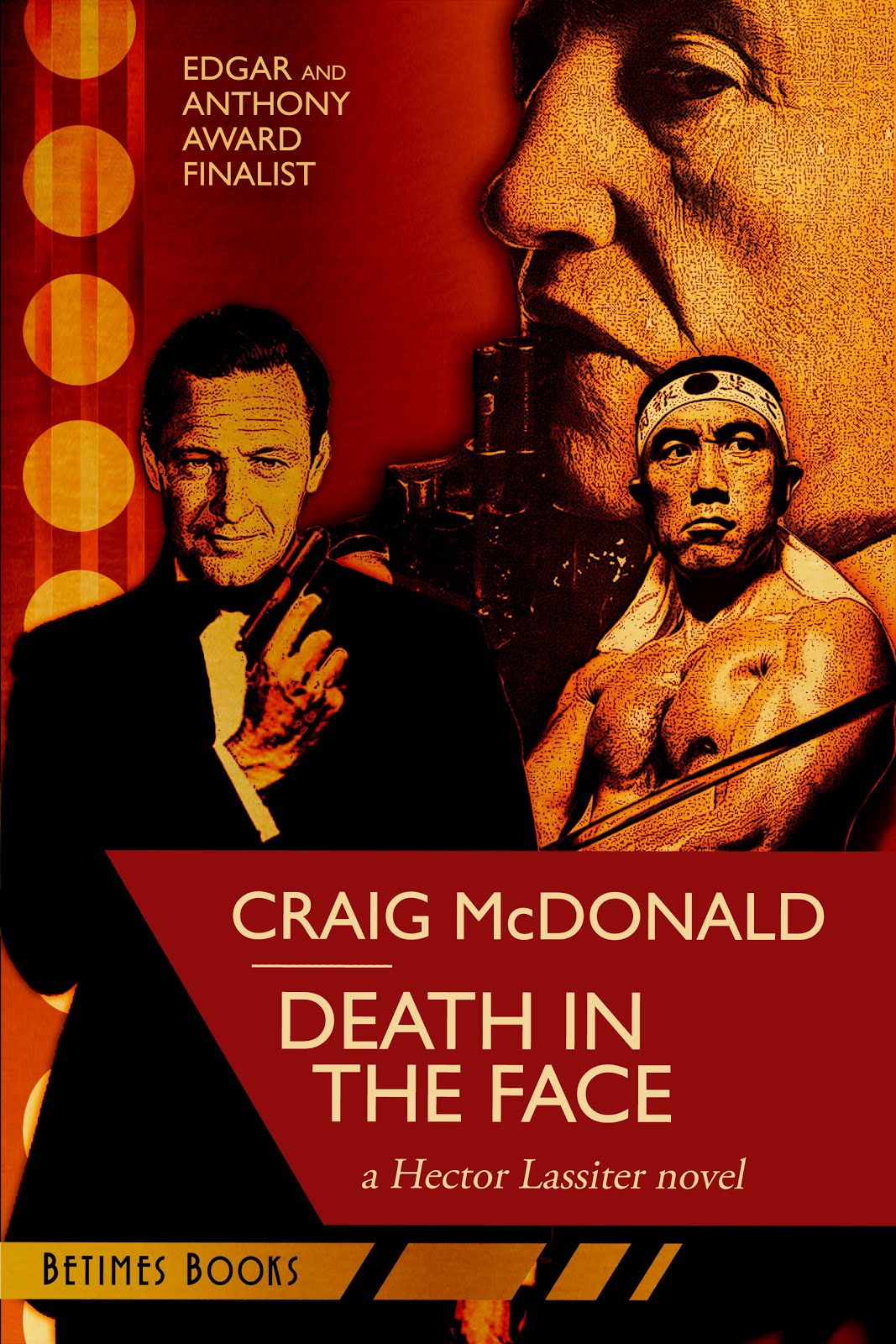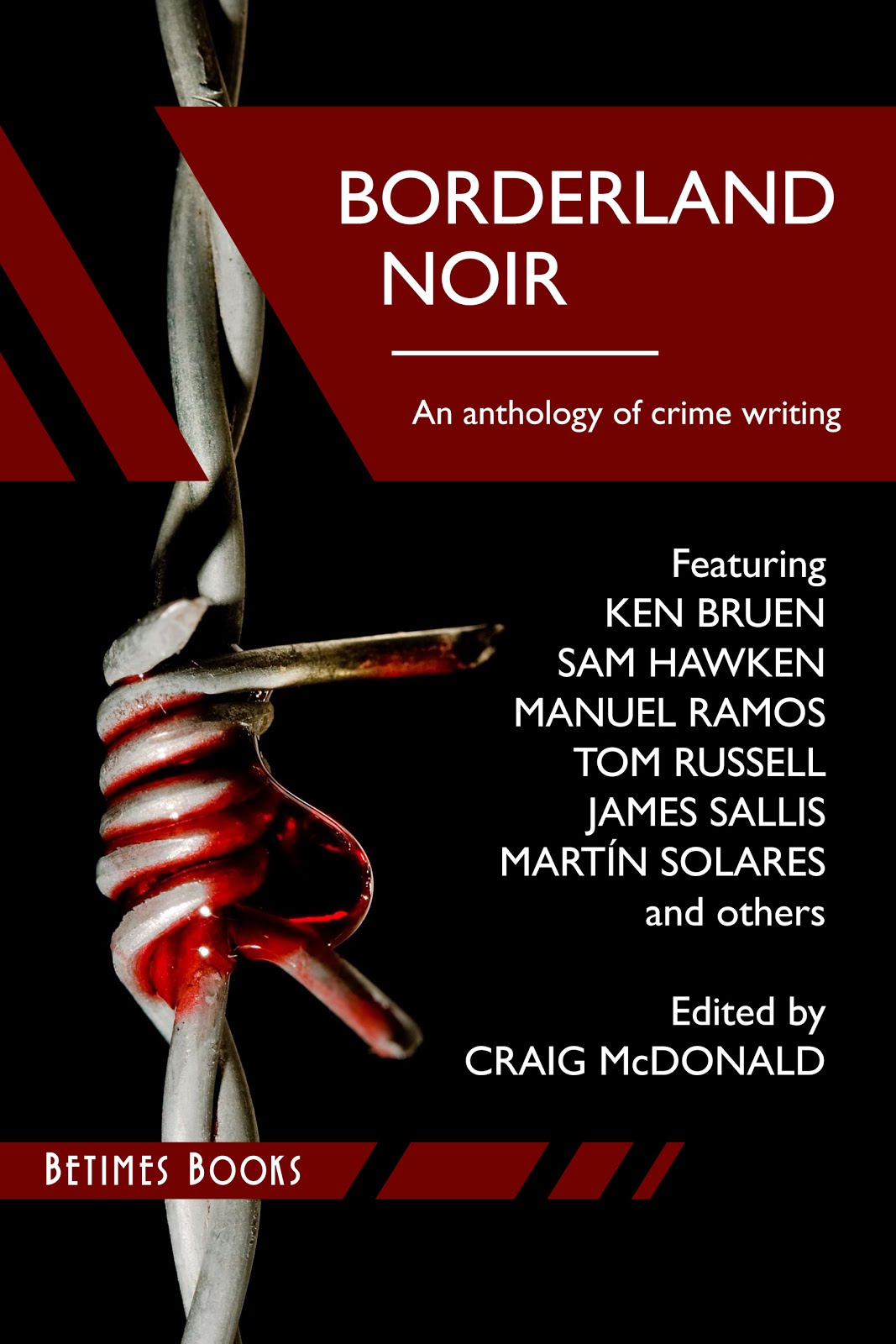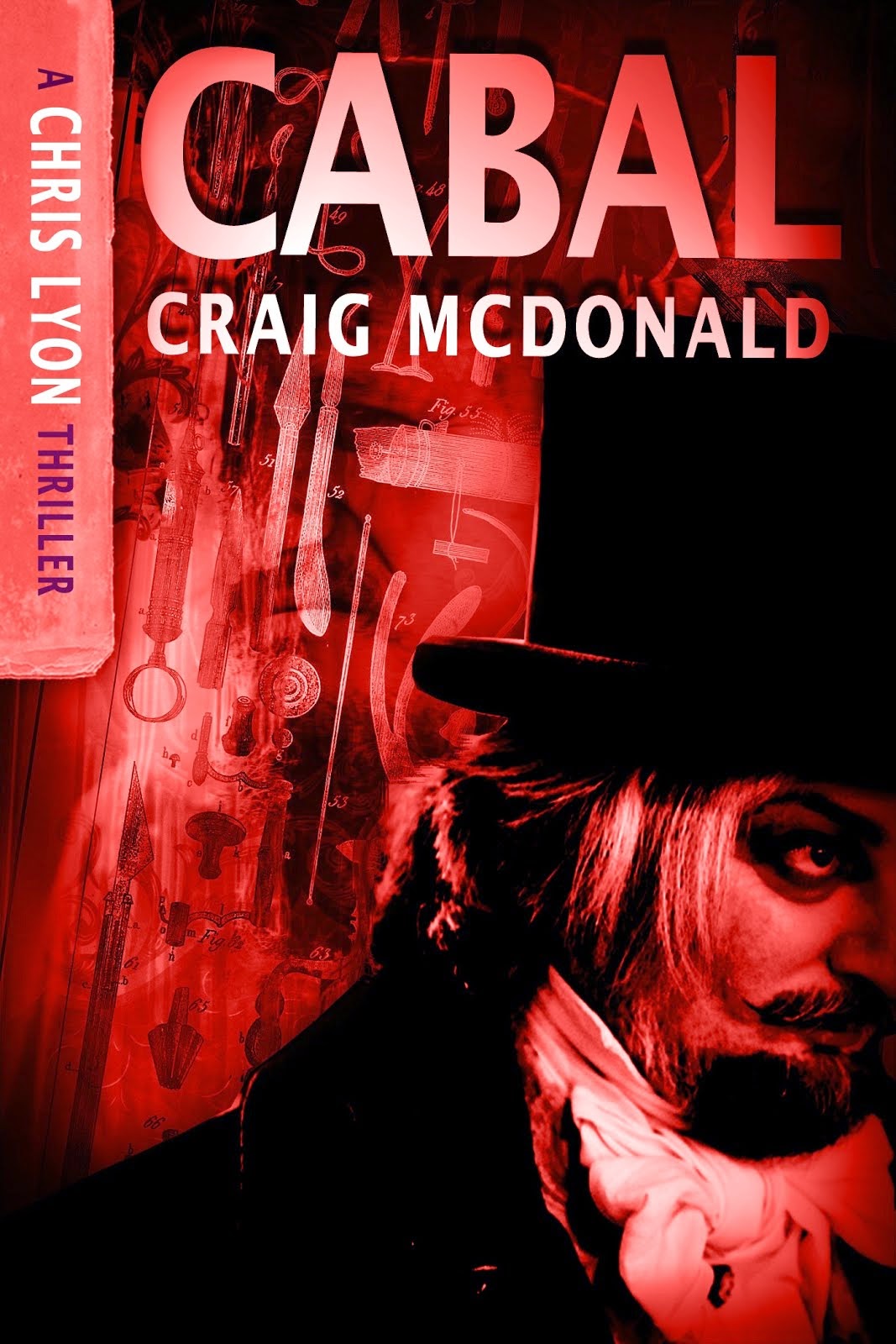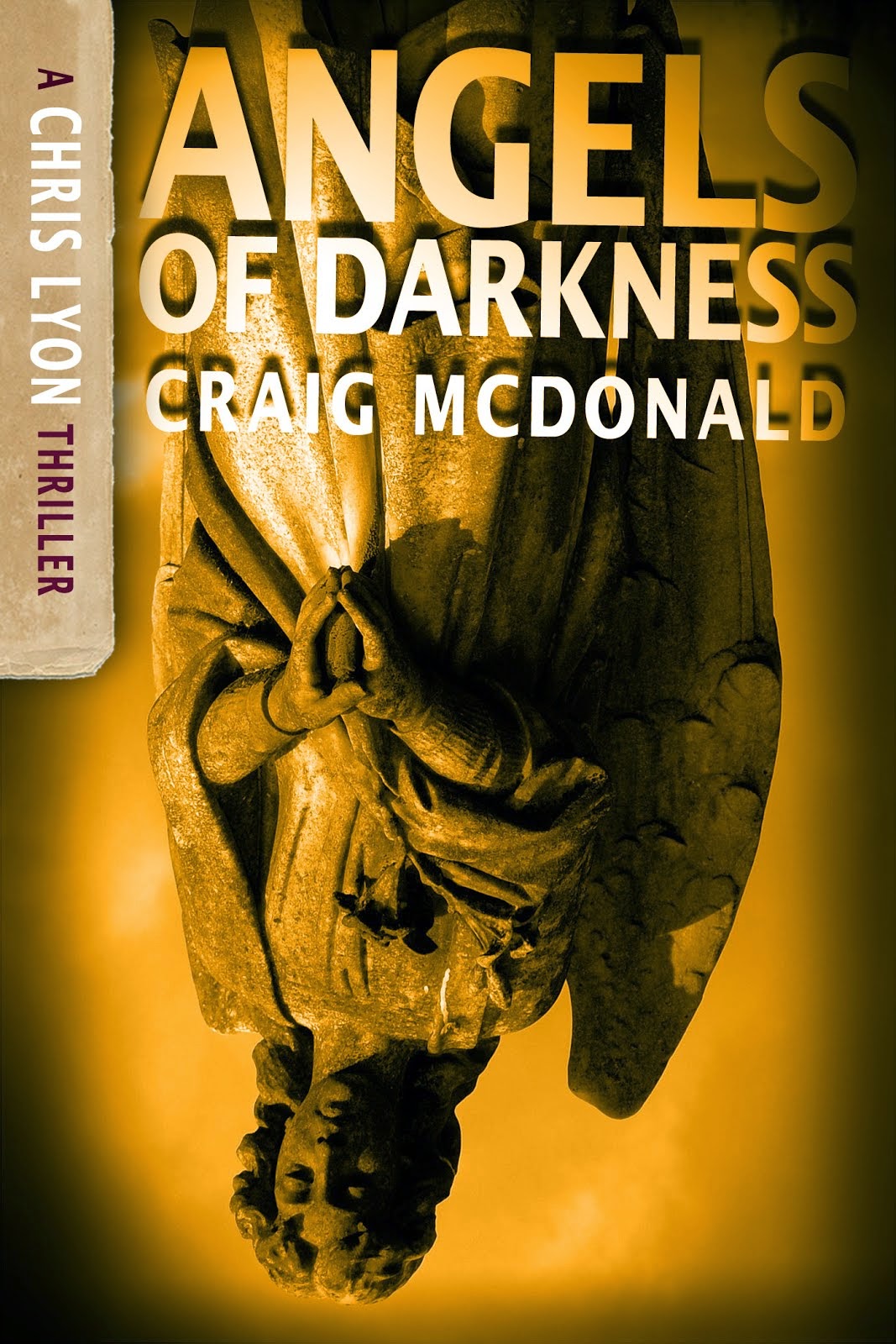
(Note: Feb. 16, 2010 marks the release of PRINT THE LEGEND, the third novel in the Hector Lassiter series. In PRINT THE LEGEND, Hector travels to Sun Valley, Idaho in 1965 to poke around the circumstances of Ernest Hemingway’s death and uncovers an all too real campaign by FBI director J. Edgar Hoover to spy on, intimidate and, in some cases, to destroy many of America’s foremost authors and poets. Pre-order information can be found here.)
I’ve always wondered how Ernest Hemingway made the transition from 1920s Paris — the City of Light and where, as Gertrude Stein put it, “the twentieth century happened” — to the remoteness of old Key West, to Cuba, and, eventually, to Ketchum, Idaho.
Various biographers have made much of Hemingway’s seemingly determined and steady move to near-artistic isolation, arguing it ultimately stunted Hem’s growth as a creative writer.
Maybe.
In Paris, Hemingway moved through Stein’s salon, through cafés and bistros packed with writers at all levels of commercial or critical success. From a crime writer’s perspective, in Paris, in the 1920s, every night was like the bar at Bouchercon.
In A MOVEABLE FEAST, Hemingway’s posthumous memoir — a book written with many an agenda and from the perspective of a publicity shrewd literary lion — Hem portrays himself as somehow above the fray of artistic fraternity…as a writer already arrived in a sense, but not yet recognized. By all accounts, the young Ernest Hemingway who roamed the Left Bank was an intense listener; a grateful learner…a fast-absorbing sponge.
With the exception of the occasional visit of another author here and there, Key West and Cuba effectively cut Hemingway off from literary companionship. Instead, Hem surrounded himself with working-class, non-artist types. Bartenders, fishermen, alcoholic sycophants and amateur boxers became his chatting companions.
In a 2006 interview I conducted with author Daniel Woodrell, the subject turned to Hemingway. We talked a bit about the issue of artistic isolation in relation to Hem.
Woodrell said, “I’ve lived at different times in situations where there were a lot of writers around, and I’m never sure which is more beneficial. Utter isolation, eventually, will get you. But other writers will get you, too… I know plenty of writers who couldn’t stand the idea of isolation.”
Gibbon said, “Conversation enriches the understanding, but solitude is the school of genius.”
I wonder if Hemingway’s artistic loneliness is what impelled him to become such an inveterate and prolific letter writer.
Across his collected correspondence, you periodically find Hemingway latching onto a particular other author — keeping a running, probing artistic dialogue going that stands in sharp contrast to concomitant letters filled mostly with bragging…with tall tales, bitter attacks and often mean or extremely low literary gossip.
I think one of the most poignant things written about Hemingway is to be found in Norberto Fuentes’ HEMINGWAY IN CUBA.
Surveying the vast library that Hem left behind at his Finca as Castro seized power, Fuentes notes that Hemingway, ever the voracious reader, sometimes kept a lonely, one-sided dialogue running in the margins of various novels that engaged his mind…notes scrawled in the books of others that address the other authors as if in conversation.
In Hemingway’s copy of Nelson Algren’s THE MAN WITH THE GOLDEN ARM, for instance, Fuentes records one of these “conversations.” On page 246 of Algren’s novel, Hemingway deems “bad” the use of the phrase, “like a clock with a broken heart.”
Another line of description, however, won Hem’s praise. Algren writes of snow falling “with a slow movement, suspended…” and of “the slow snow trailing the evening trolleys.” Hemingway thought these passages “beautiful” and “wonderful.”
On page 324, Fuentes, notes, Hemingway declares Algren to be “a poet…goes into straight poetry.”
According to Fuentes, on page 321, Hem puts the book down for a time, noting in the margins, “No more notations, too late. Chips all down.”
On the last page of the novel, in a note Algren presumably never saw, Hemingway renders his final verdict of the novel:
“OK Kid, you beat Dostoevsky. I’ll never fight you in Chicago. Ever. But I will knock your brains out in the other towns I know and you don’t know. But: you are going to be a champion… OK. EH.”
When I occasionally make it to New York City for some book event or other, the fiction writer in me sometimes envies the writers I’ve come to know who live there in the publishing capital of the world. But then I get to thinking if I was there in the thick of it, deep in the to-and-fro of the NYC literary hive, I’d probably never actually get around to writing that much.
There is an advantage, I tell myself, to dwelling in the quiet margins of the Midwest, cut off from any intense, local literary scene.
For his part, Hemingway disdained New York literary society. In THE GREEN HILLS OF AFRICA, Hem dismissed those who embraced it as being like, “angle-worms in a bottle, trying to derive knowledge and nourishment from their own contact and from the bottle.” He insisted, “Writers should work alone.”
A question for others who follow the writing life: do you prefer the company of other authors, or do you prefer to go it solo lobo?






